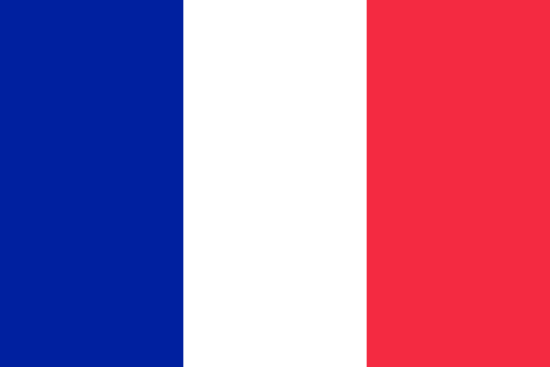"Брест - город-герой! | Brest - the city-hero!"
About:
Brest is a city in Belarus, founded in 1019. It has a complex history, marked by various ruling powers, including the Grand Duchy of Lithuania, the Polish-Lithuanian Commonwealth, and the Russian Empire. Brest was heavily damaged in both World Wars. The Brest Fortress, known for its WWII resistance, is a major landmark. Post-war, Brest was rebuilt and developed as a major transport and manufacturing hub. Today, it's a cultural and educational center, with its own university and numerous historical sites.
When to visit:
Brest, a picturesque port city in western France, boasts a maritime climate characterized by mild temperatures and moderate rainfall throughout the year. While Brest is a delightful destination to visit anytime, the optimal time to plan a holiday is during the summer months of June to August when the weather is pleasantly warm and ideal for exploring the city's attractions. Visitors can enjoy the annual maritime festivals, such as the Brest Maritime Festival, held in July, which showcases the city's rich naval history and cultural heritage. Additionally, the summer season offers a vibrant atmosphere with numerous outdoor events, markets, and activities for tourists to partake in.
When to avoid:
Brest, located in Belarus, experiences its coldest and harshest weather during the winter months, making it the least favorable time to visit on a holiday. The city is known for its long and severe winters, with temperatures dropping significantly below freezing and frequent snowfall. Travelers may encounter icy conditions and limited outdoor activities during this time, which can hinder the overall holiday experience. It is advisable to plan a visit to Brest during the warmer months of spring, summer, or early autumn to enjoy more pleasant weather and a wider range of attractions and outdoor activities.
Winter (Dec-Feb)
Winter in Brest, France, is the coldest and wettest portion of the year, with temperatures typically ranging from 4-9°C (39-48°F). Rainfall is highest in December, averaging about 140mm. Days are short, with around 8 hours of daylight, and often overcast. High humidity and frequent drizzle create a damp atmosphere. An average day for a visitor may involve bracing walks along the coastline, wrapped up against the chill, or exploring the city's indoor attractions like the National Maritime Museum. Despite the weather, Brest retains its charm with its festive lights and cozy cafes.
Summer (June-August)
In Brest, France, the warmest part of the year is typically from June to September, with July being the peak month. During this period, average high temperatures range from 20°C to 22°C (68°F to 72°F). Rainfall is relatively lower than other parts of the year, averaging around 50mm per month.
Sunlight is abundant during this period with an average of 7 to 8 hours of sunshine per day. Humidity is moderate, generally around 70-80%, but can feel less oppressive due to the coastal breeze. Cloudiness varies, with some days being clear and others having partial cloud cover.
A typical day for a visitor during this season would start off cool in the morning, gradually warming up towards the afternoon. The breeze from the sea can be refreshing, especially during hotter days. Despite occasional rainfall, most days are sunny and bright, perfect for outdoor activities. The evenings are cooler, providing a pleasant respite from the warmth of the day.
Language:
In Brest, a city located in the Brittany region of France, the most commonly spoken language is French. However, due to its historical and cultural ties, Breton, a Celtic language, is also spoken by a minority of the population. Additionally, English is understood by many, particularly in the tourism and hospitality sectors.




